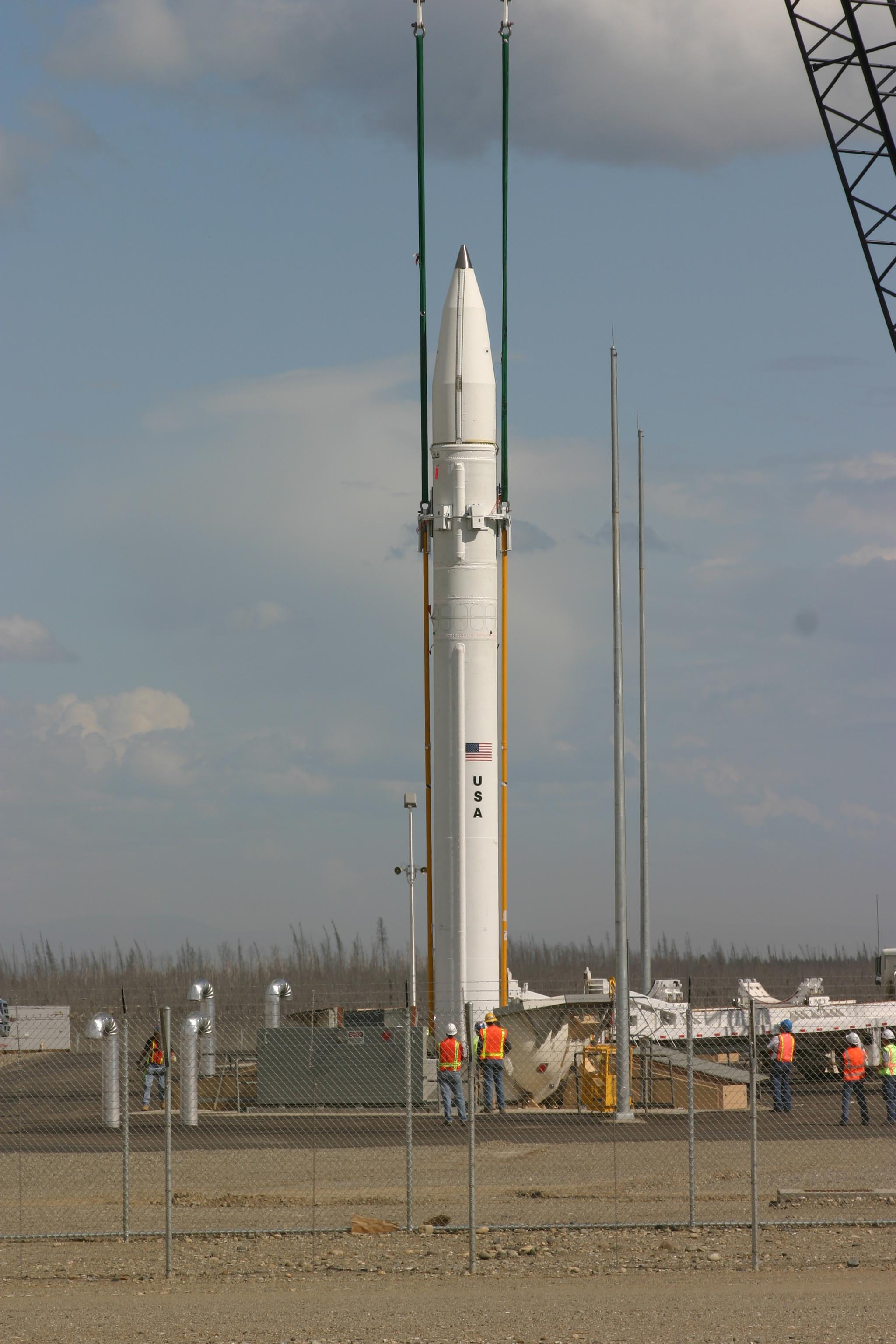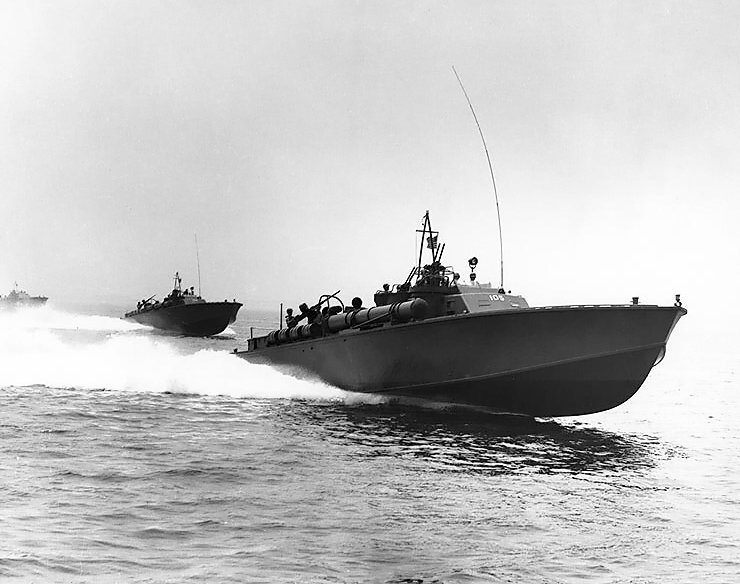|
Surface Warship
Surface combatants (or surface ships or surface vessels) are a subset of naval warships which are designed for warfare on the surface of the water, with their own weapons and armed forces. They are generally ships built to fight other ships, submarines, aircraft or land targets, and can carry out several other missions including counter-narcotics operations and maritime interdiction. Their primary purpose is to engage space, air, surface, and submerged targets with weapons deployed from the ship itself, rather than by manned carried craft.Naval Transformational Roadmap . Retrieved 2009-08-29. Surface ships include |
Warship
A warship or combatant ship is a naval ship that is built and primarily intended for naval warfare. Usually they belong to the armed forces of a state. As well as being armed, warships are designed to withstand damage and are usually faster and more maneuverable than merchant ships. Unlike a merchant ship, which carries cargo, a warship typically carries only weapons, ammunition and supplies for its crew. Warships usually belong to a navy, though they have also been operated by individuals, cooperatives and corporations. In wartime, the distinction between warships and merchant ships is often blurred. In war, merchant ships are often armed and used as auxiliary warships, such as the Q-ships of the First World War and the armed merchant cruisers of the Second World War. Until the 17th century it was common for merchant ships to be pressed into naval service and not unusual for more than half a fleet to be composed of merchant ships. Until the threat of piracy subsided in the ... [...More Info...] [...Related Items...] OR: [Wikipedia] [Google] [Baidu] |
Anti-ballistic Missile
An anti-ballistic missile (ABM) is a surface-to-air missile designed to counter ballistic missiles (missile defense). Ballistic missiles are used to deliver nuclear weapon, nuclear, Chemical weapon, chemical, Bioagent, biological, or conventional weapon, conventional warheads in a ballistics, ballistic flight trajectory. The term "anti-ballistic missile" is a generic term conveying a system designed to intercept and destroy any type of ballistic threat; however, it is commonly used for systems specifically designed to counter intercontinental ballistic missiles (ICBMs). Current counter-ICBM systems There are a limited number of systems worldwide that can intercept intercontinental ballistic missiles: * The Russian A-135 anti-ballistic missile system (renamed in 2017 to A-235) is used for the defense of Moscow. It became operational in 1995 and was preceded by the A-35 anti-ballistic missile system. The system uses ABM-4 Gorgon, Gorgon and Gazelle (missile), Gazelle missiles pre ... [...More Info...] [...Related Items...] OR: [Wikipedia] [Google] [Baidu] |
Anti-aircraft Warfare
Anti-aircraft warfare, counter-air or air defence forces is the battlespace response to aerial warfare, defined by NATO as "all measures designed to nullify or reduce the effectiveness of hostile air action".AAP-6 It includes Surface-to-air missile, surface based, subsurface (Submarine#Armament, submarine launched), and air-based weapon systems, associated sensor systems, command and control arrangements, and passive measures (e.g. barrage balloons). It may be used to protect naval, ground, and air forces in any location. However, for most countries, the main effort has tended to be homeland defence. NATO refers to airborne air defence as counter-air and naval air defence as anti-aircraft warfare. Missile defense, Missile defence is an extension of air defence, as are initiatives to adapt air defence to the task of intercepting any projectile in flight. In some countries, such as Britain and Germany during the World War II, Second World War, the Soviet Union, and modern NATO a ... [...More Info...] [...Related Items...] OR: [Wikipedia] [Google] [Baidu] |
Naval Gun
Naval artillery is artillery mounted on a warship, originally used only for naval warfare and then subsequently used for naval gunfire support, shore bombardment and anti-aircraft roles. The term generally refers to tube-launched projectile-firing weapons and excludes self-propelled projectiles such as torpedoes, rockets, and missiles and those simply dropped overboard such as depth charges and naval mines. Origins The idea of ship-borne artillery dates back to the classical era. Julius Caesar indicates the use of ship-borne catapults against Britons ashore in his ''Commentarii de Bello Gallico''. The dromons of the Byzantine Empire carried catapults and Greek fire, fire-throwers. From the late Middle Ages onwards, warships began to carry cannon, cannons of various calibres. The Mongol invasion of Java introduced cannons to be used in naval warfare (e.g. Cetbang by the Majapahit). The Battle of Arnemuiden, fought between England and France in 1338 at the start of the Hundred Y ... [...More Info...] [...Related Items...] OR: [Wikipedia] [Google] [Baidu] |
Fast Attack Craft
A fast attack craft (FAC) is a small, fast, agile, offensive, often affordable warship armed with anti-ship missiles, gun or torpedoes. FACs are usually operated in close proximity to land as they lack both the seakeeping and all-round defensive capabilities to survive in blue water. The size of the vessel also limits the fuel, stores and water supplies. In size they are usually between 50–800 tonnes and can reach speeds of . A fast attack craft's main advantage over other warship types is its affordability. Many FACs can be deployed at a relatively low cost, allowing a navy which is at a disadvantage to effectively defend itself against a larger adversary. A small boat, when equipped with the same weapons as its larger counterpart, can pose a serious threat to even the largest of capital ships. Their major disadvantages are poor seagoing qualities, cramped quarters and poor defence against aerial threats. History 19th century As early as the mid-19th century, the Jeune à ... [...More Info...] [...Related Items...] OR: [Wikipedia] [Google] [Baidu] |
Anti-ship Missiles
An anti-ship missile (AShM) is a guided missile that is designed for use against ships and large boats. Most anti-ship missiles are of the sea skimming variety, and many use a combination of inertial guidance and active radar homing. A good number of other anti-ship missiles use infrared homing to follow the heat that is emitted by a ship; it is also possible for anti-ship missiles to be guided by radio command all the way. The first anti-ship missiles, which were developed and built by Nazi Germany, used radio command guidance.https://airandspace.si.edu/collection-objects/bomb-guided-fritz-x-x-1/nasm_A19840794000#:~:text=The%20Fritz%20X%2C%20also%20known,the%20Henschel%20Hs%20293%20missile. These saw some success in the Mediterranean Theatre during 1943–44, sinking or heavily damaging at least 31 ships with the Henschel Hs 293 and more than seven with the ''Fritz X'', including the Italian battleship ''Roma'' and the light cruiser . A variant of the HS 293 had a TV camer ... [...More Info...] [...Related Items...] OR: [Wikipedia] [Google] [Baidu] |
Anti-surface Warfare
Anti-surface warfare (ASuW or ASUW) is the branch of naval warfare concerned with the suppression of surface combatants. More generally, it is any weapons, sensors, or operations intended to attack or limit the effectiveness of an adversary's surface ships. Before the adoption of the submarine and naval aviation, all naval warfare consisted of anti-surface warfare. The distinct concept of an anti-surface warfare capability emerged after World War II, and literature on the subject as a distinct discipline is inherently dominated by the dynamics of the Cold War. Categories of anti-surface warfare Anti-surface warfare can be divided into four categories based on the platform from which weapons are launched: * Air (or aviation): Anti-surface warfare conducted by aircraft. Historically, this was conducted primarily through level- or dive-bombing, strafing runs or air-launching torpedoes (and in some cases by suicide attacks). Today, air ASuW is generally conducted by stand-off att ... [...More Info...] [...Related Items...] OR: [Wikipedia] [Google] [Baidu] |
Helicopter
A helicopter is a type of rotorcraft in which lift and thrust are supplied by horizontally spinning rotors. This allows the helicopter to take off and land vertically, to hover, and to fly forward, backward and laterally. These attributes allow helicopters to be used in congested or isolated areas where fixed-wing aircraft and many forms of STOL (Short TakeOff and Landing) or STOVL (Short TakeOff and Vertical Landing) aircraft cannot perform without a runway. In 1942, the Sikorsky R-4 became the first helicopter to reach full-scale production.Munson 1968.Hirschberg, Michael J. and David K. Dailey"Sikorsky". ''US and Russian Helicopter Development in the 20th Century'', American Helicopter Society, International. 7 July 2000. Although most earlier designs used more than one main rotor, the configuration of a single main rotor accompanied by a vertical anti-torque tail rotor (i.e. unicopter, not to be confused with the single-blade monocopter) has become the most comm ... [...More Info...] [...Related Items...] OR: [Wikipedia] [Google] [Baidu] |
Anti-submarine Warfare
Anti-submarine warfare (ASW, or in older form A/S) is a branch of underwater warfare that uses surface warships, aircraft, submarines, or other platforms, to find, track, and deter, damage, or destroy enemy submarines. Such operations are typically carried out to protect friendly shipping and coastal facilities from submarine attacks and to overcome blockades. Successful ASW operations typically involved a combination of sensor and weapon technologies, along with effective deployment strategies and sufficiently trained personnel. Typically, sophisticated sonar equipment is used for first detecting, then classifying, locating, and tracking a target submarine. Sensors are therefore a key element of ASW. Common weapons for attacking submarines include torpedoes and naval mines, which can both be launched from an array of air, surface, and underwater platforms. ASW capabilities are often considered of significant strategic importance, particularly following provocative instan ... [...More Info...] [...Related Items...] OR: [Wikipedia] [Google] [Baidu] |
Unrestricted Line Officer
An unrestricted line officer (shortened to URL officer) is a List of United States Naval officer designators, designator given to a commissioned officer of the line in the United States Navy, who is eligible for command at sea of the navy's warfighting combatant units such as warships, submarines, aviation squadrons and United States Navy SEALs, SEAL teams. They are also eligible to command the higher echelons of those units, such as destroyer squadron, destroyer and submarine squadrons, Wing (military aviation unit), air wings and Group (military aviation unit), air groups, and special warfare groups. At the flag officer level, URL officers may also command carrier strike groups, expeditionary strike groups, Patrol Wing, patrol and reconnaissance groups, task forces, and fleet and force commands. URL officers are also eligible to command shore installations, facilities and activities directly supporting the navy's warfare mission.Mack, VADM William P. and Paulsen, CAPT Thomas D. ... [...More Info...] [...Related Items...] OR: [Wikipedia] [Google] [Baidu] |
Carrier Strike Group
A carrier strike group (CSG) is a type of carrier battle group of the United States Navy. It is an operational formation composed of roughly 7,500 personnel, usually an aircraft carrier, at least one cruiser, a destroyer squadron of at least two destroyers or frigates, and a carrier air wing of 65 to 70 aircraft. A carrier strike group also, on occasion, includes submarines, attached logistics ships and a supply ship. The carrier strike group commander operationally reports to the commander of the numbered fleet, who is operationally responsible for the area of waters in which the carrier strike group is operating. Strike groups comprise a principal element of U.S. power projection capability; a single supercarrier holds enough firepower to rival the air forces of entire nations. Previously referred to as carrier battle groups (a term still used by other nations), they are often referred to by the carrier they are associated with (e.g., Strike Group). there are 9 carrier st ... [...More Info...] [...Related Items...] OR: [Wikipedia] [Google] [Baidu] |
.jpg)




.jpg)

